Hey there, traveler! Imagine standing in a land where ancient temples whisper stories of emperors, while skyscrapers gleam under a modern sky. That’s China—a place where the past and present dance together, inviting you to explore its heartbeat. This journey isn’t just about places; it’s about feeling the pulse of a culture that’s been alive for thousands of years, yet is always changing. Let’s walk through China’s history and today’s vibrant life, as if we’re discovering it side by side.
The Roots of China: A Glimpse into the Past
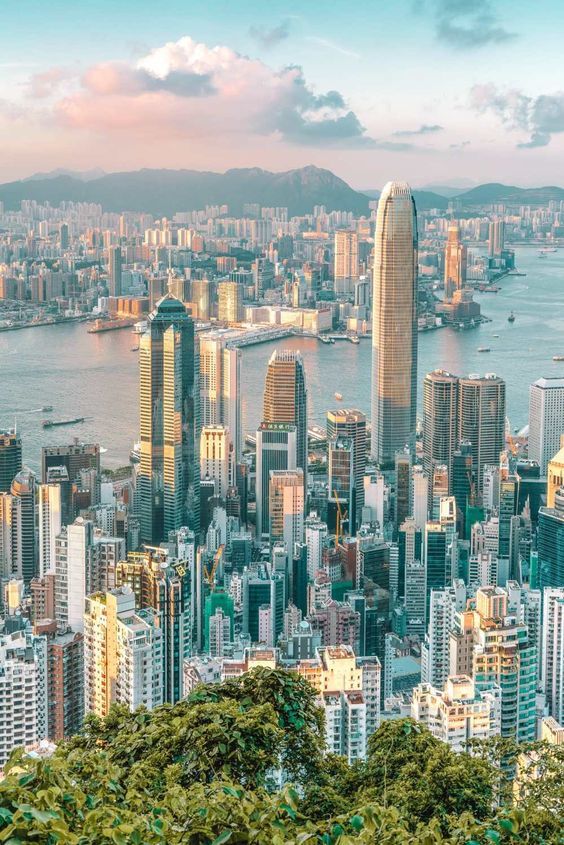
Picture yourself in ancient China, maybe 2,000 years ago. You’re standing on a dusty path, watching silk traders load their caravans. This is the Silk Road, a network of routes that connected China to the world. It wasn’t just about goods like silk or spices; it was ideas, stories, and cultures mixing. You can almost hear the chatter of merchants from far-off lands. This was China’s way of saying, “We’re open to the world,” even back then.
Now, fast-forward a bit to the Great Wall. Imagine climbing its stone steps, feeling the weight of history under your feet. Built over centuries, starting around 221 BCE, it stretches over 21,000 kilometers. It wasn’t just a wall to keep enemies out; it was a symbol of strength, of a people determined to protect their way of life. If you close your eyes, you might picture soldiers patrolling, their armor clinking in the wind.

Let’s pause at the Forbidden City in Beijing. You’re walking through its red gates, where emperors once ruled. This massive palace, built in the 1400s, was home to the Ming and Qing dynasties. It’s like stepping into a painting—golden roofs, intricate designs, and courtyards that feel frozen in time. Can you imagine the emperor’s footsteps echoing here, or the whispers of advisors planning the future of a nation?
China’s past isn’t just about buildings. It’s about ideas. Think of Confucius, a thinker from around 500 BCE. His teachings about respect, family, and kindness shaped how people lived for centuries. Even today, his words linger in how people value community and harmony. You might feel that warmth if you ever join a Chinese family for dinner—there’s a sense of togetherness that’s hard to miss.
The Dynasties: Stories of Power and Change
Let’s dive deeper into those dynasties. Each one’s like a chapter in a book you can’t put down. The Han Dynasty (206 BCE–220 CE) was a golden age, kind of like China’s Renaissance. They invented paper, the compass, and even early seismographs. Imagine being a scholar back then, scribbling on fresh paper, knowing you’re part of something big.

Then there’s the Tang Dynasty (618–907 CE), a time when poets like Li Bai wrote verses that still make hearts ache today. Cities like Chang’an (now Xi’an) were buzzing with artists, traders, and dreamers. If you were there, you’d probably be sipping tea in a bustling market, listening to a poet recite under lantern light.
The Mongols shook things up in the Yuan Dynasty (1271–1368). Picture Genghis Khan’s descendants ruling from horseback, blending their nomadic ways with Chinese traditions. It wasn’t always smooth, but it made China more connected to the world, with travelers like Marco Polo writing wide-eyed tales of this land.
The Qing Dynasty (1644–1912) was the last imperial chapter. It was grand but tough—China faced invasions and internal struggles. By the early 1900s, the empire fell, and a new era began. You can almost feel the ground shifting, like the end of one story and the start of another.
Stepping into Modern China
Now, let’s blink and land in today’s China. You’re in Shanghai, standing on the Bund, where old colonial buildings face futuristic towers across the Huangpu River. The skyline, with its glowing spires like the Oriental Pearl Tower, feels like a sci-fi movie. This is China’s present: bold, fast, and unapologetic.
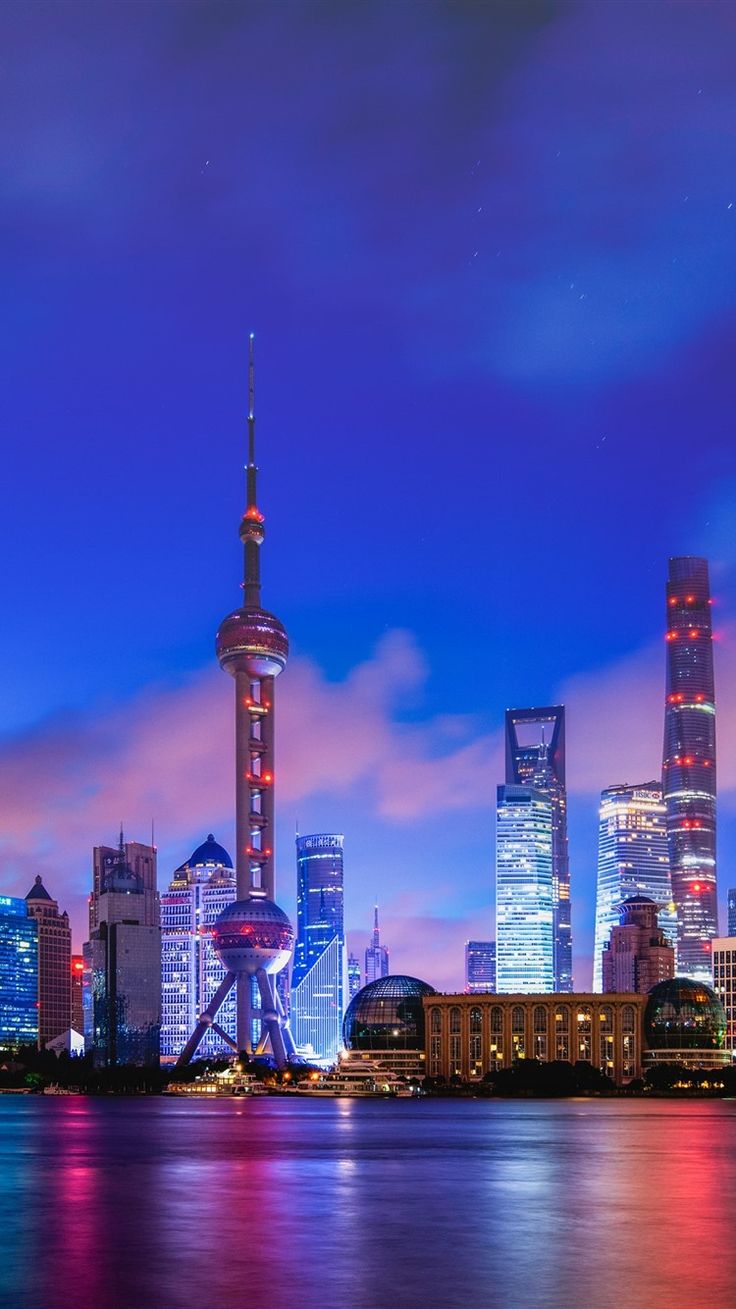
Walk through Beijing’s hutongs—narrow alleys where old meets new. You might see kids playing while grandparents chat over mahjong. These alleys are like time capsules, holding stories of families who’ve lived here for generations. Grab a jianbing, a savory street crepe, and feel the city’s rhythm.
China’s modern story is about growth. Since the 1980s, it’s transformed from a farming nation to a global powerhouse. Cities like Shenzhen, once fishing villages, now pulse with tech giants and startups. If you visit, you might see drones delivering packages or people paying for street food with their phones. It’s fast-paced, but there’s pride in how far they’ve come.
Yet, it’s not all skyscrapers. Rural China is still alive with tradition. Imagine visiting a village in Yunnan, where rice terraces carve the hills like giant staircases. You might meet someone from the Yi or Dai ethnic groups, each with their own language and festivals. Their dances and songs feel like a bridge to the past, reminding you China’s diversity is its strength.
Culture That Binds: Food, Festivals, and Family
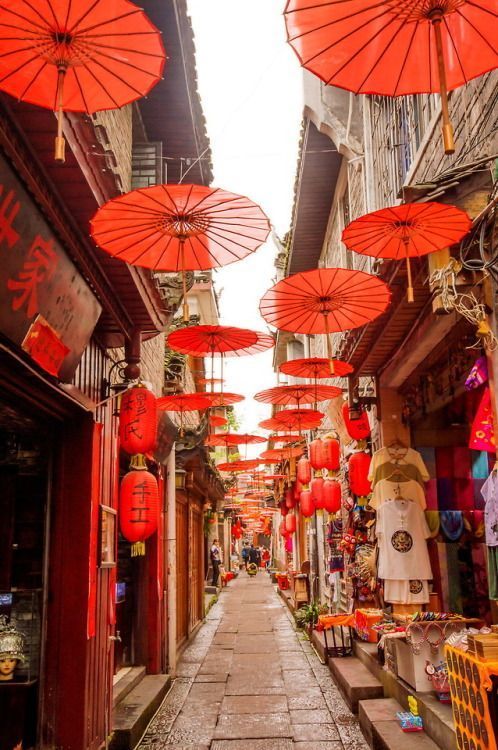
Let’s talk food—because who doesn’t love a good meal? Chinese cuisine is like a love letter to your taste buds. In Sichuan, you’re sweating over spicy hotpot, laughing with friends as you dip meat in bubbling broth. In Guangzhou, dim sum steals your heart—tiny dumplings and buns that feel like a hug. Every region has its flavor, from Beijing’s crispy Peking duck to Xinjiang’s lamb skewers.
Festivals bring China to life. Imagine Chinese New Year, where streets explode with red lanterns and dragon dances. You’re eating dumplings with a family, wishing for luck in the year ahead. Or picture the Mid-Autumn Festival, where you’re sharing mooncakes under a full moon, feeling connected to everyone gazing at the same sky.

Family is the glue. In China, it’s not just about your immediate relatives—it’s about community. You might notice how people care for their elders or how neighbors share meals. It’s a reminder that, no matter how modern things get, some things stay timeless.
Challenges and Dreams
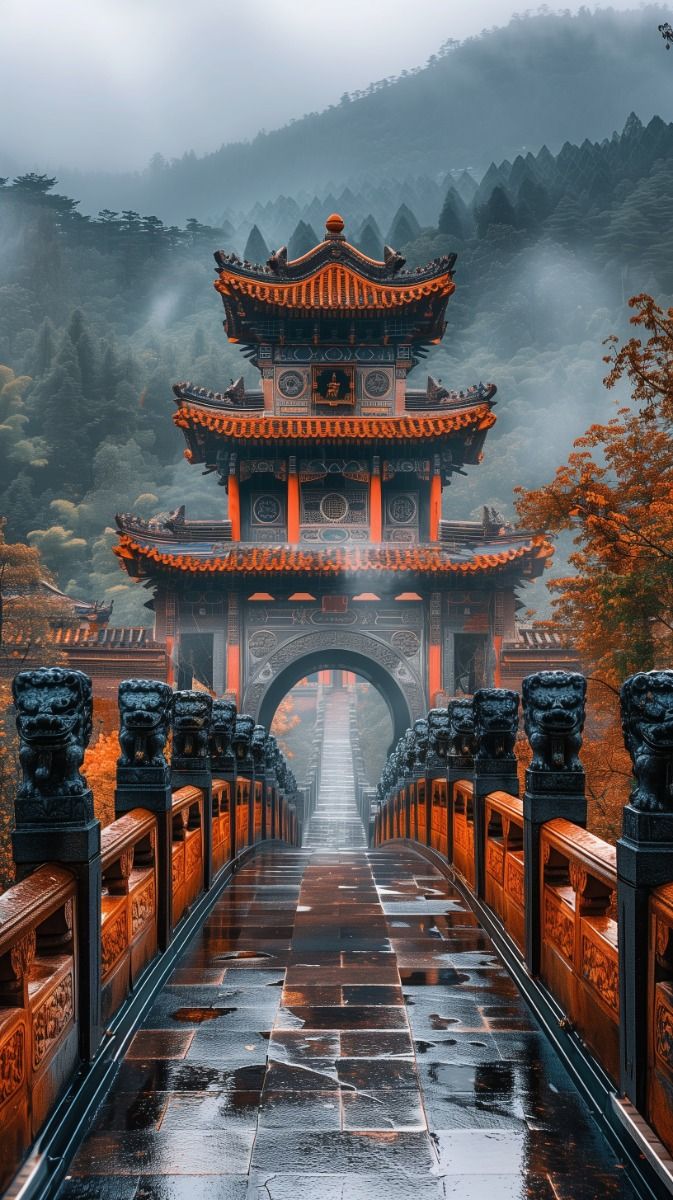
China’s journey hasn’t been all smooth. The past had wars, famines, and revolutions. Today, there are challenges too—balancing growth with the environment, or navigating a world where everyone’s watching. But there’s a quiet resilience here. You feel it in the students studying late, the entrepreneurs dreaming big, the farmers tending fields.
What’s next for China? It’s hard to say, but it’s exciting to think about. Maybe you’ll visit one day and see it for yourself—high-speed trains zipping through mountains, or artists blending old calligraphy with digital art. China’s always evolving, but it never forgets its roots.
Your Invitation to China
So, here we are, at the end of our journey—for now. China’s past is like a treasure chest, full of stories that shaped the world. Its present is a canvas, painted with ambition and heart. Whether you’re dreaming of walking the Great Wall, tasting street food in Chengdu, or just learning more, China’s waiting for you.
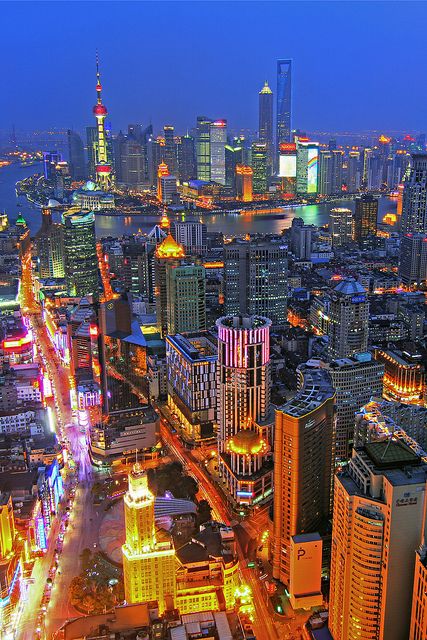
What do you think—where would you start? Maybe the Terracotta Warriors in Xi’an, standing like silent guards from 200 BCE? Or a quiet tea house in Hangzhou, where you can sip dragon well tea and watch the world go by? Wherever you go, China will feel alive, like it’s been waiting to share its story with you.
This isn’t just a place on a map. It’s a feeling, a mix of pride, struggle, and hope. So, pack your curiosity and take a step. Your journey through China, past and present, is just beginning.
